Best
Value For Money
-
Overall: Attractive design with a 48" height and 59" width
-
Best Feature: High-quality materials used
-
TedScore™: 10/10
Best
Overall Beginner Digital Piano
-
Overall: a Graded Hammer Standard (GHS) keyboard with matte keytops
-
Best Feature: Built-in Yamaha CFX concert grand piano sound
-
TedScore™: 10/10
Best
Digital Piano for Home
a Stylish Cabinet
-
Overall: The 88 weighted keys for expressive playing
-
Best Feature: Comes with Light, Normal, Heavy, Stable, Fixed Keyboard Sensitivity
-
TedScore™: 9/10
As a seasoned musician, I’ve come to appreciate the intricate art and science of tuning a piano. When you’re ready to play, the last thing you need is a jarring discordance, throwing off your melody.
So, how long does it take to tune a piano?
On average, tuning a piano takes around 1-2 hours. Still, if your cherished instrument has been silent for a while, it may demand more patience, potentially extending the time needed for a comprehensive tune-up.
Considering a professional to tune your piano is a wise choice, as they come equipped with specialized skills, tools, and an ear finely tuned to the job at hand. They understand that the number of keys and strings and their tension significantly influence the tuning duration.
Regular tuning, ideally twice a year, keeps your piano sounding impeccable and can speed up the tuning process due to maintained string tension and pitch stability.
Understanding the Tuning Process
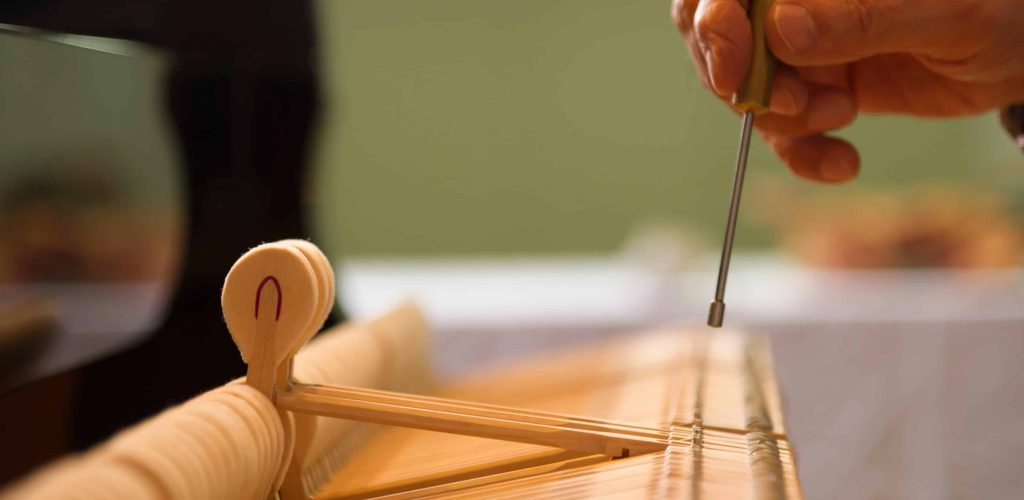
Examining the Piano's Condition
To start, your piano’s condition sets the stage for the tuning process.
Piano technicians assess wear and tear before tuning pianos, checking for any loose tuning pins or slack in the tension of the strings.
This is crucial because a piano that’s been regularly tuned may take less time to adjust than one that’s been neglected.
Tools of the Trade
Next up is a look into the tuner’s toolbox. The tuning hammer, or lever, is key.
Akin to a silent maestro, the tool finely twists the tuning pins to adjust string tension. Alongside, mutes help isolate strings, ensuring precision as each note is tested and adjusted to achieve the correct pitch.
Some piano tuners also use a tuning fork or an app on their phone or computer to produce a reference pitch.
Tuning Technique Basics
It’s more than just turning pins; it’s an art. Each string must be set at the perfect frequency, following a pattern known as equal temperament.
The aim? To make those intervals and chords harmonious across the keyboard. Your tuner’s hands wield the might to bestow balance, adjusting each note relative to A440, the orchestra’s tuning standard.
Fine-Tuning the Unisons and Octaves
The home stretch of tuning follows with a focus on unisons and octaves. Strings in unison must resonate without dissonance, and octaves must be spot on.
This is where the real skill of the piano tuner shines, as they finesse across the ivories, ensuring each frequency of tuning is a beautiful reflection of meticulous craftsmanship.
Precision dances with the notes through each step, crafting piano sounds into a symphony of pitch-perfect harmony.
Factors Influencing Tuning Duration and Cost
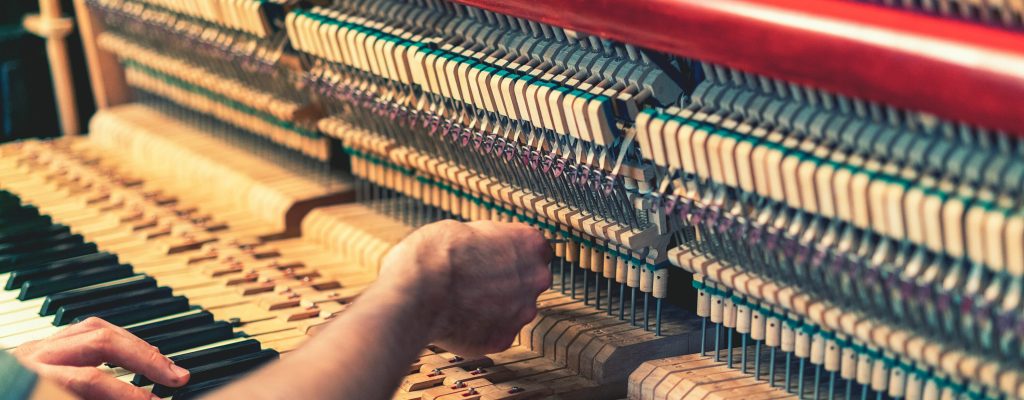
Age and Condition of the Piano
Your piano’s history and health play a massive role in tuning cost and time.
An older or heavily-used piano might need extra care, potentially leading to additional time and cost. Broken strings, sticky keys, and other ailments can turn a standard tuning into a more complex procedure.
- Grand piano and upright piano: These larger instruments often require more time than smaller or digital pianos.
- Repair needs: If it’s ageing or, let’s just say, your piano has seen better days, the repair work, such as fixing faulty dampers or replacing broken hammers, could add to the overall cost.
Environmental Considerations
Imagine your piano is like a diva that reacts dramatically to temperature and humidity fluctuations.
Sudden changes can cause the piano to detune more quickly. As a result, the tuning might take longer and have to be more frequent if the environment is unstable.
Temperature fluctuations: Keeping your piano away from direct sunlight and heat sources helps maintain tuning stability.
Humidity fluctuations: Consider using a humidifier or dehumidifier to control the humidity levels in your piano’s room.
The Importance of Piano Tuning
You might be surprised to learn that regular tuning is like a spa day for your piano—a way to ensure its longevity and peak performance.
Cost to tune pianos: Generally, the ballpark figures to keep in your pocket are around $100-$150 but can soar up to $200 depending on your tuner’s expertise.
Piano Technicians Guild: Joining forces with a reputable tuner from the Piano Technicians Guild can offer you peace of mind that your piano is in good hands and that the tuning is done professionally.
Regular Maintenance and Care
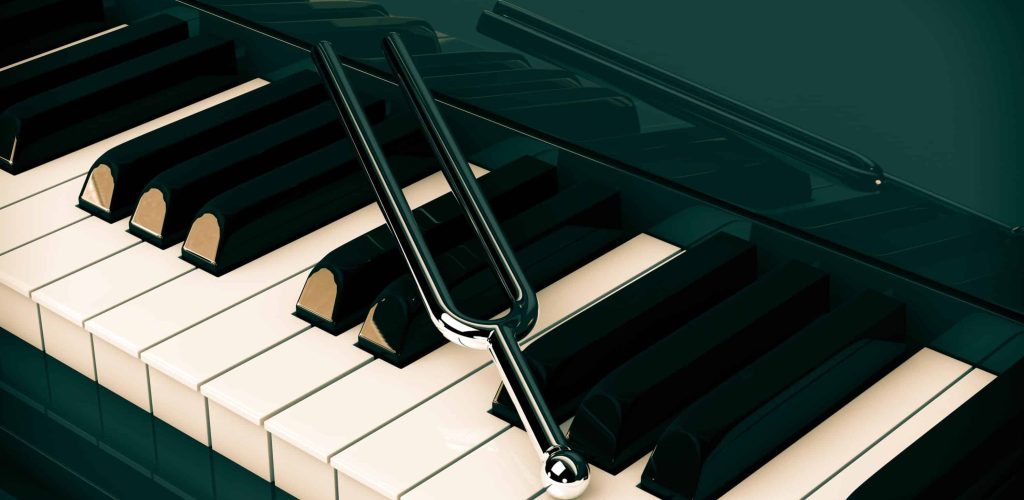
Frequency of Piano Servicing
Your piano isn’t just another piece of furniture; it’s a finely tuned instrument craving attention. Most pianos benefit from a professional piano tuner’s touch at least once a year (as recommended by piano manufacturers).
If you’ve just lifted the lid on a new piano, you’re in for a treat and a task, as it’ll need tuning twice in its first year due to string stretching.
Like seasons affect the trees, changes in temperature and humidity play their symphony on your piano’s soundboard and strings, so keeping up with the tuning schedule helps maintain that perfect pitch.
Avoiding Common Issues
Your piano’s health matters too. To avoid such hiccups:

Your piano keys are sensitive. Treat them carefully, and don’t let heavy objects touch them without a proper introduction.
Yamaha YDP 145 Digital Piano
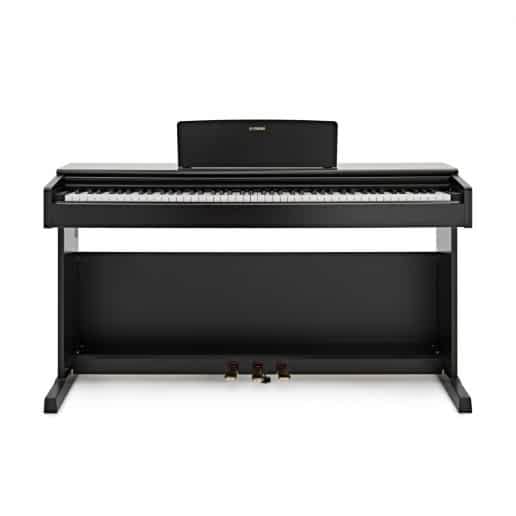
PERFECT FOR: beginners to intermediate players
FEATURES: a Graded Hammer Standard (GHS) keyboard with matte keytops
OTHER INFO: Built-in Yamaha CFX concert grand piano sound
Yamaha YDP 145 Digital Piano
- The 88 weighted keys allow for expressive playing
- Offers an authentic sound and playing experience
- With a user-friendly interface for ease of use
- Without Bluetooth connection
When you click ‘Check Price’, you’ll see there are loads of great places to buy this item. Our personal favorite is Sweetwater for the US, and Thomann and Gear4Music for the UK & Europe.
They are the largest music retailers, with excellent customer service, competitive prices, really fast shipping, and the longest guarantees.
The professional musician who wrote this article combined many things,
from the product build, manufacturer’s reputation through to feedback
from other users, to create our famous TedScore™.
Yamaha U1 Upright Piano
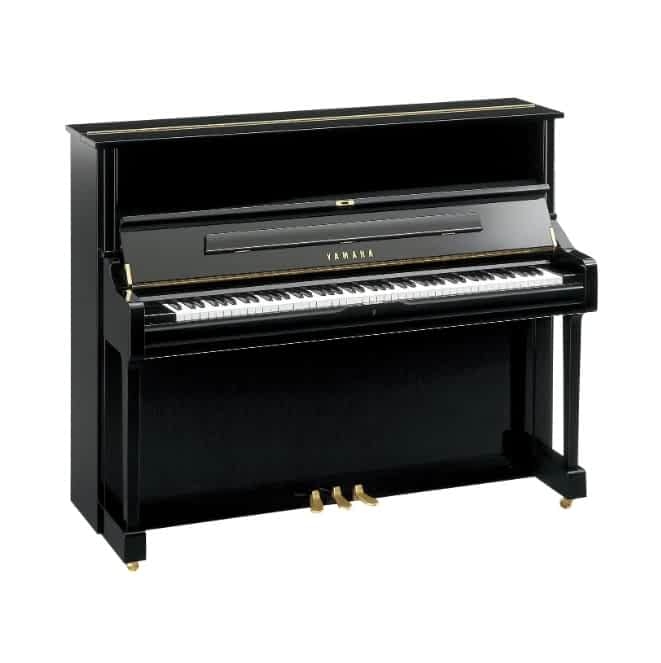
PERFECT FOR: beginners to professional pianists
FEATURES: Attractive design with a 48" height and 59" width
OTHER INFO: High-quality materials used throughout the production process
Yamaha U1 Upright Piano
- Light play action is designed to prevent hand fatigue and encourage practice time
- Offers a nice tonal balance across the entire keyboard, with all 88 notes complementing each other
- Provides amazing sound quality that continues throughout the years of proper maintenance and care
- Affordably priced within its class and offers great resale value
- Designed for studio-type spaces - may not fill larger rooms with sound as well as the larger U3 upright piano
When you click ‘Check Price’, you’ll see there are loads of great places to buy this item. Our personal favorite is Sweetwater for the US, and Thomann and Gear4Music for the UK & Europe.
They are the largest music retailers, with excellent customer service, competitive prices, really fast shipping, and the longest guarantees.
The professional musician who wrote this article combined many things,
from the product build, manufacturer’s reputation through to feedback
from other users, to create our famous TedScore™.
Korg G1 Air Digital Piano

FEATURES: Comes with Light, Normal, Heavy, Stable, Fixed Keyboard Sensitivity
OTHER INFO: Maximum Note Storage: 45,000 Notes
- 32 high-quality sounds, including 3 concert pianos
- Slim, stylish design
- Bluetooth speaker functionality
- Handcrafted in Japan for durability
- 120 maximum polyphony
- Fewer sounds (29) compared to some competitors.
- Heavy (42kg) and less portable.
- Pricier due to quality and features.
When you click ‘Check Price’, you’ll see there are loads of great places to buy this item. Our personal favorite is Sweetwater for the US, and Thomann and Gear4Music for the UK & Europe.
They are the largest music retailers, with excellent customer service, competitive prices, really fast shipping, and the longest guarantees.
The professional musician who wrote this article combined many things,
from the product build, manufacturer’s reputation through to feedback
from other users, to create our famous TedScore™.
How Long Does It Take To Tune A Piano?
Summary
When it comes to tuning your piano, the key is regular maintenance. Just like caring for a garden, keeping your piano’s sound crisp and clear is ongoing.
Set aside 1 to 2 hours for standard tuning, a small investment of time that ensures your musical companion sings beautifully.
Now, if your piano has been silent for a while, it might need more love and patience. This extra tuning time wakes up those dormant piano strings, and could take up to 3 to 4 hours.
Remember, each of the 88 keys is a gateway to a perfectly pitched note. Regular tuning means less work each time, which is fantastic news for your schedule and ear.
Quick, efficient piano tunings that reward your dedication to your instrument’s well-being!
Before you go…
Check out this next article to uncover the top digital pianos for beginners designed to inspire musical journeys and nurture budding talents!
FAQ's
Tuning a piano typically takes around 1 to 2 hours, but the duration can vary based on the piano’s condition and the extent of tuning needed. Factors such as the stability of the piano’s environment and the tuner’s experience also contribute to the tuning time.
If you haven’t had the piano tuned in over a year and your tuner only spends 15-20 minutes, it might be a cause for concern that the job isn’t being completed correctly.
Yes, a piano can be tuned after 20 years, although it may require several piano tuners and multiple tuning sessions to stabilize and maintain its pitch. The extended period without tuning may lead to significant pitch deviations, but a skilled tuner can restore the piano’s pitch and overall tuning.
Yes, a piano can be tuned after 20 years, although it may require multiple tuning sessions to stabilize and maintain its pitch. The extended period without tuning may lead to significant pitch deviations, but a skilled tuner can restore the piano’s pitch and overall tuning.



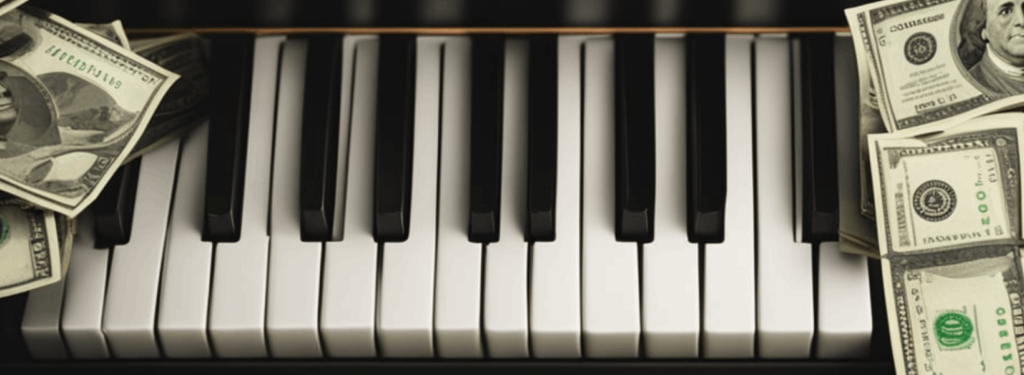
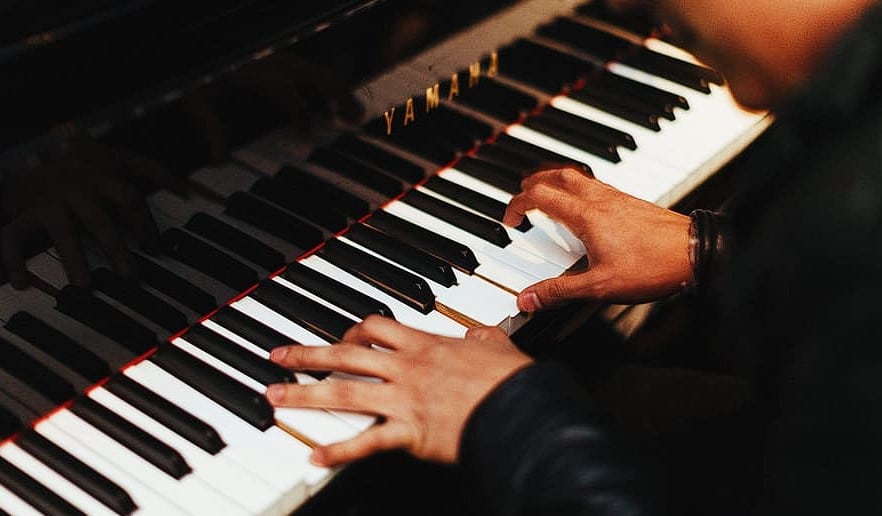
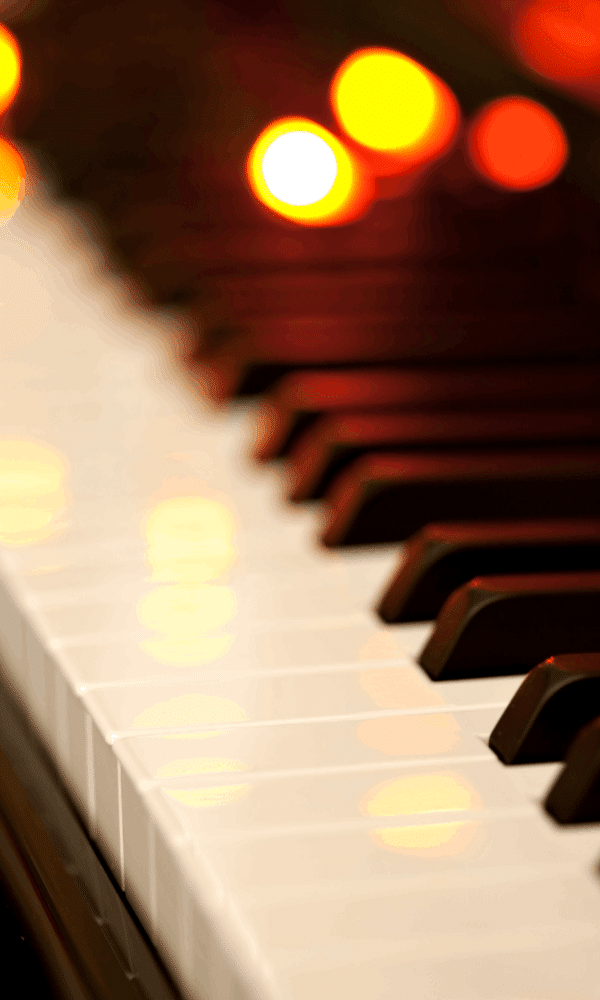







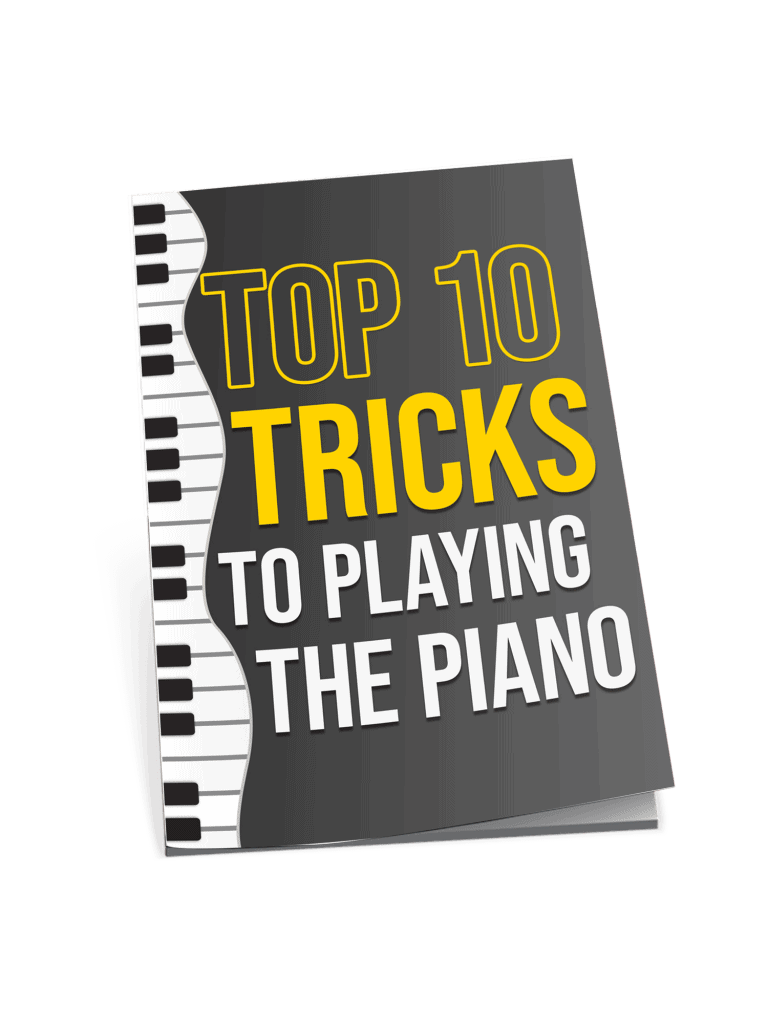
I must extend my gratitude to Robert Emery for this enlightening piece on piano tuning. It’s clear that maintaining the instrument’s integrity is no small feat. As someone aspiring to meld storytelling with music, understanding the technicalities of my tool—the piano—is invaluable. This has inspired me to not only learn more about piano maintenance but to also integrate these learnings into my songwriting process. Harmony, in every sense of the word, is crucial.
Was curious about how often I should tune my piano. Good info here. Guess it’s time to find a tuner before my piano starts sounding like a horror movie soundtrack.
Ah, the joys of piano tuning. Just when you think you’ve got all the keys in perfect harmony, one goes rogue. Anyone else find it a bit like herding cats, or is it just my ancient piano? Props to Robert Emery for trying to make sense of it all.
just got my first piano and this article is a gold mine! didnt know how much goes into tuning. thumbs up to Robert Emery for breaking it down. anyone have tips for a newbie?
In the segment discussing tuning technique basics, Robert Emery mentions several methods. Could anyone clarify if a specific approach is recommended for older pianos versus newer models? It’s crucial for me to impart accurate knowledge to my students.
Hey EllieRay, great question! The approach really depends on the piano’s condition rather than its age. For older pianos, especially those that haven’t been tuned in a while, a more cautious method might be necessary to avoid stressing the strings. Newer pianos might be more forgiving, but always start gentle and adjust as needed.